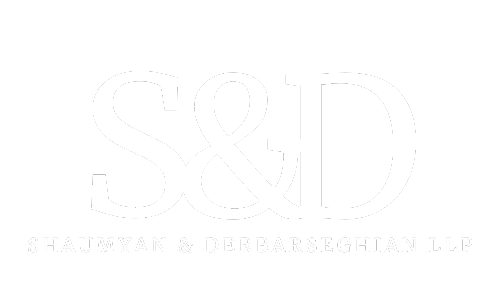
Losing a job is a stressful and overwhelming experience, but when it happens unfairly, it’s even worse. Many employees assume that if they were fired, their employer must have had a good reason. However, the reality is that many terminations are unlawful—but employers don’t want you to know that.
To avoid legal consequences, employers often try to cover their tracks by fabricating performance issues, manipulating policies, or using vague justifications to terminate an employee. If you suspect that you were wrongfully terminated, you need to know your rights and take action before it’s too late.
What is Wrongful Termination?
Wrongful termination occurs when an employer fires an employee for illegal reasons, such as:
- Discrimination – Being fired based on race, gender, age, disability, religion, or other protected characteristics.
- Retaliation – Termination as punishment for reporting workplace misconduct, discrimination, harassment, or safety violations.
- Breach of Contract – If an employer violates an employment agreement that guarantees certain terms of employment.
- Violating Public Policy – Firing someone for taking legally protected actions, such as serving on a jury or filing a workers’ compensation claim.
How Employers Try to Hide Wrongful Termination
To avoid legal action, employers often create a paper trail that makes it seem like the termination was justified. Here are some of the most common tactics:
1. Fabricating Performance Issues
Many employers suddenly start documenting an employee’s “poor performance” just before firing them. This could include:
- Negative performance reviews that weren’t given before.
- Sudden disciplinary actions with no prior warnings.
- Vague claims that don’t align with past feedback.
📌 What You Can Do:
- Keep copies of all performance reviews, emails, and messages that show your work history.
- If your performance was never an issue before, this could be a red flag of wrongful termination.
2. Changing Policies to Justify Termination
Employers sometimes alter company policies to create a reason to fire an employee. This might include:
- Implementing a new policy and firing you for violating it before you even knew it existed.
- Enforcing policies inconsistently—letting some employees slide while targeting others.
📌 What You Can Do:
- Ask for copies of company policies and see when they were updated.
- Document inconsistencies in how policies are applied to different employees.
3. Encouraging You to Resign Instead
Some employers try to pressure employees into resigning instead of firing them. They might:
- Suggest that quitting will “look better” on your record.
- Threaten to make your job unbearable if you don’t leave.
- Offer a small severance package in exchange for waiving your right to sue.
📌 What You Can Do:
- Don’t resign unless you’re certain it’s the best choice.
- If forced to resign, document any threats, ultimatums, or pressure from your employer.
4. Retaliation Disguised as Layoffs
Employers sometimes pretend a termination is due to layoffs, but in reality, it’s retaliation. If you were fired right after:
- Reporting harassment or discrimination.
- Requesting accommodations for a disability.
- Filing a workplace safety complaint.
…it could be a sign that your employer is trying to hide a wrongful termination behind a “layoff.”
📌 What You Can Do:
- See if others were laid off under similar circumstances.
- Gather evidence showing that your termination was linked to a complaint or protected action.
How to Prove Wrongful Termination
Proving wrongful termination requires strong evidence. Here’s what can help:
✔ Emails, texts, and messages that show contradictions in your employer’s claims.
✔ Performance reviews that were positive before the sudden termination.
✔ Witness statements from coworkers who noticed unfair treatment.
✔ Company policies that were applied unfairly.
What to Do If You Think You Were Wrongfully Terminated
1️⃣ Write down everything – Document details about when and how you were fired.
2️⃣ Request your personnel file – California law allows employees to access their personnel records.
3️⃣ Don’t sign anything – Your employer might try to get you to sign a severance agreement that waives your right to sue.
4️⃣ Contact a wrongful termination lawyer – You have legal rights, and an experienced attorney can fight for the compensation you deserve.
Don’t Let Your Employer Get Away With It
If you’ve been fired under suspicious circumstances, you may have a strong wrongful termination case. Employers will do everything they can to make it seem like they had a valid reason to fire you, but you don’t have to accept their version of the story.
At Shaumyan & Derbarseghian, LLP, we specialize in holding employers accountable for illegal firings. We offer free consultations, and you don’t pay unless we win your case.

